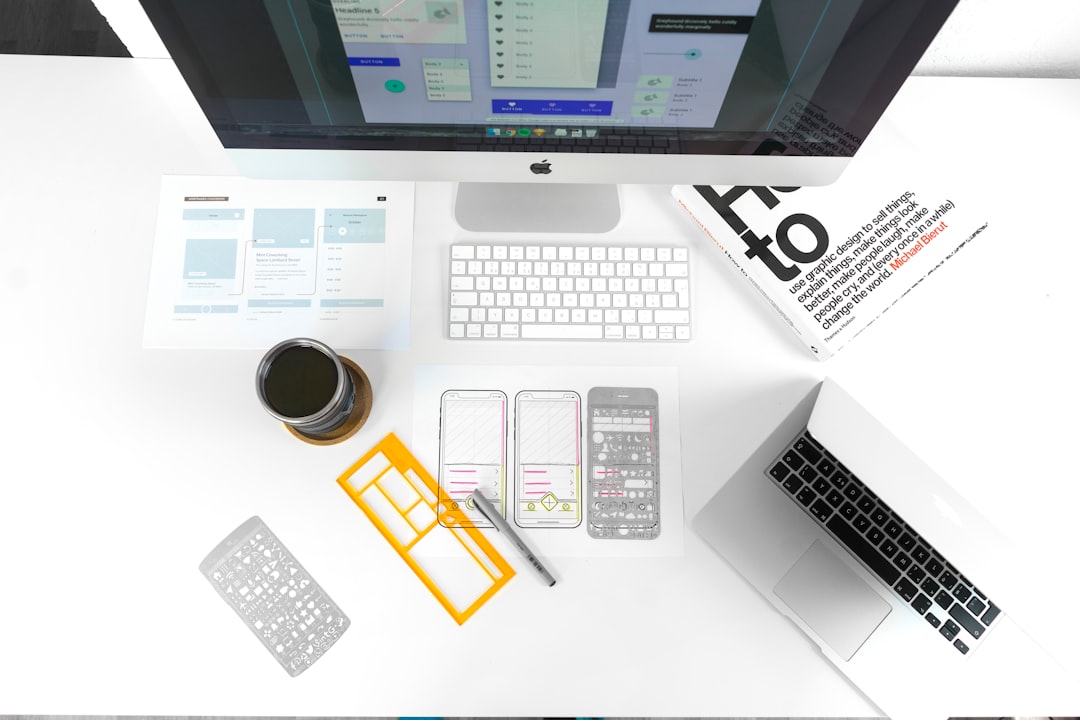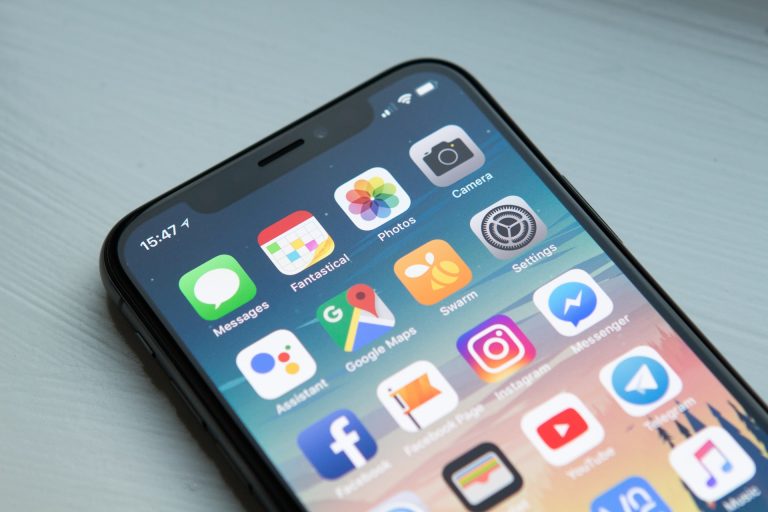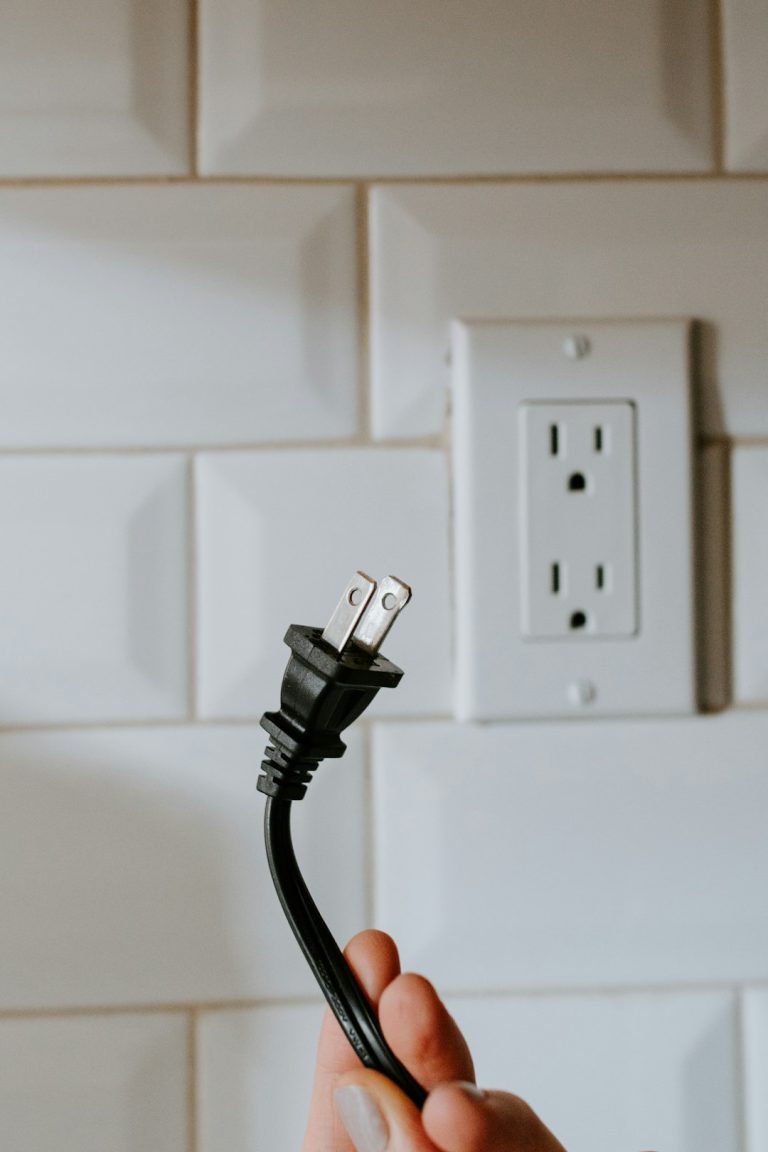What are the best practices for including contact information in a double-sided brochure?
When creating a double-sided brochure, it’s easy to get caught up in perfecting your visuals, tone, and product descriptions. However, one crucial yet often overlooked detail is how and where you include your contact information. Poorly placed or incomplete contact details can render an otherwise stellar brochure ineffective. To ensure your audience knows exactly how to reach you, follow these best practices for integrating contact information in a professional, eye-catching, and functional way.
1. Prioritize Placement
Think of your brochure’s layout as valuable real estate. Your contact information should be easy to locate without overwhelming the design. Here are some ideal locations:
- Back panel: This is the most traditional and expected place for contact information. Since readers often turn a brochure over to look for details, using this space maintains familiarity.
- Front or interior panel: For brochures with a strong call to action, placing contact options near the CTA button or message can be effective. This encourages immediate interaction.
[ai-img]brochure layout, double sided, design template[/ai-img]
2. Include Multiple Contact Methods
People have different communication preferences, so making multiple options available increases your chances of a response. At minimum, include the following:
- Phone number: Use a direct line rather than a general switchboard when possible.
- Email address: A professional, easy-to-remember email that corresponds to your company’s domain looks more credible.
- Website: Direct readers to a landing page created specifically for brochure visitors, or your homepage if suitable.
- Social media handles: Only include platforms your business actively manages.
Bonus tip: Use icons to visually distinguish contact options. These small graphics enhance clarity and save space while giving your brochure a modern appearance.
3. Craft a Clear Call to Action
Your CTA and your contact info should go hand in hand. You can’t just list a phone number and hope people call. Instead, use language that gently guides them toward action. Examples include:
- “Call us now for your free consultation: (555) 123-4567”
- “Visit our portfolio at: www.YourWebsite.com/portfolio”
- “Email us with project inquiries: hello@yourcompany.com”
This approach adds context and increases the likelihood a reader will follow through.
[ai-img]call to action, brochure design, contact section[/ai-img]
4. Be Consistent with Branding
While you want your contact section to stand out visually, it must still align with your overall branding. Use the same font families, color schemes, and tone as the rest of the brochure. Branding consistency is especially important for:
- Email and web domains: Make sure they match your brand identity.
- Phone numbers: Format them consistently, e.g., (555) 123-4567 instead of 555.123.4567 on one page and (555)-123.4567 on another.
- Social media: Customize links to include your business name, avoiding long or generic URLs.
5. Make It Scannable
With limited space on a double-sided brochure, clarity is key. Consider the following readability tactics:
- Break up contact items using bullets or vertical dividers.
- Use bold headings for each type of contact method (e.g., “Phone,” “Email,” “Website”).
- Adopt an easy-to-read font size and avoid overly decorative fonts that hinder legibility.
6. QR Codes: A Modern Addition
QR codes can be an excellent way to streamline contact. When scanned, they can:
- Open a specific landing page
- Download a digital business card
- Launch an email draft pre-filled with your address
Be sure to test the printed version of your QR code to ensure proper scanning. Print quality and size can heavily affect function.
7. Don’t Overcrowd
Though it’s tempting to list every possible method of contact, cramming too much into your brochure can turn readers away. A minimal, well-arranged contact section will draw more attention and make it easier for your reader to choose the most suitable method for reaching out.
Remember, simplicity equals usability — especially in print materials.
8. Test Before Printing
Before approving your final print, double-check all contact information. One digit off in a phone number or a typo in an email can make the entire brochure ineffective. Have multiple people proofread, and if possible, test digital links using a soft copy.
By following these best practices, you’ll ensure that your brochure not only looks professional and on-brand but also functions as a powerful tool to drive real, measurable engagement from your audience.





